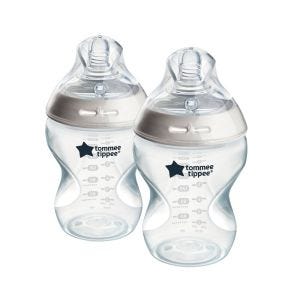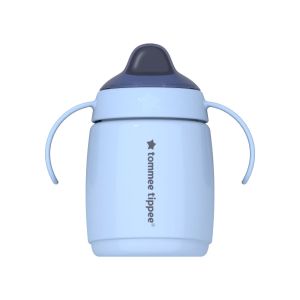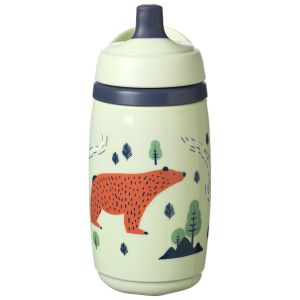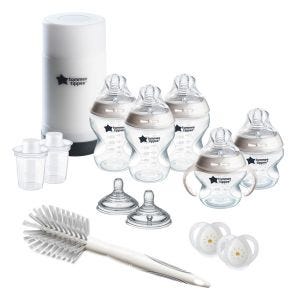
Hints & Tips
I find that the majority of babies prefer that you are consistent and predictable with the way that you settle them to sleep.
Baby Settling Techniques And Strategies For Bedtime
Settling Techniques and Strategies (9-18 months):
There are many ways that we can help our babies with settling for naps and bedtime. To have the most success I find that the majority of babies prefer that you are consistent and predictable with the way that you settle them to sleep. This also allows them to learn to settle more easily, after all, babies learn what you practice the most with them!
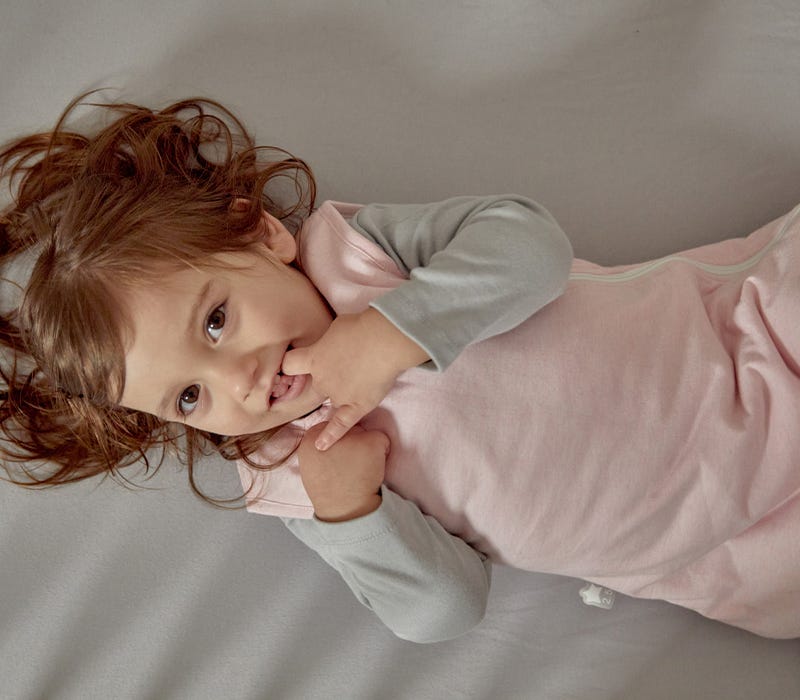
Settling Techniques for babies between 9-12 months
I’d like to share with you two of my favourite settling techniques for babies between 9-12 months old.
Firstly though, a quick check on all the basics. Set them up for success by making sure their room is dark, you’re using white noise and that they are going to bed not overtired or under tired. I find for this age range going to bed four hours after the end of their lunchtime nap works well. So, if they wake at 2.30 pm from their nap a bedtime of 6.30 pm (for those 9-10 months) is appropriate then a 7.00pm bedtime works well for 11-12 month old’s.
Ensure your baby is not going to bed hungry then wind them down to a lovely calm state by using your pre-sleep ritual.
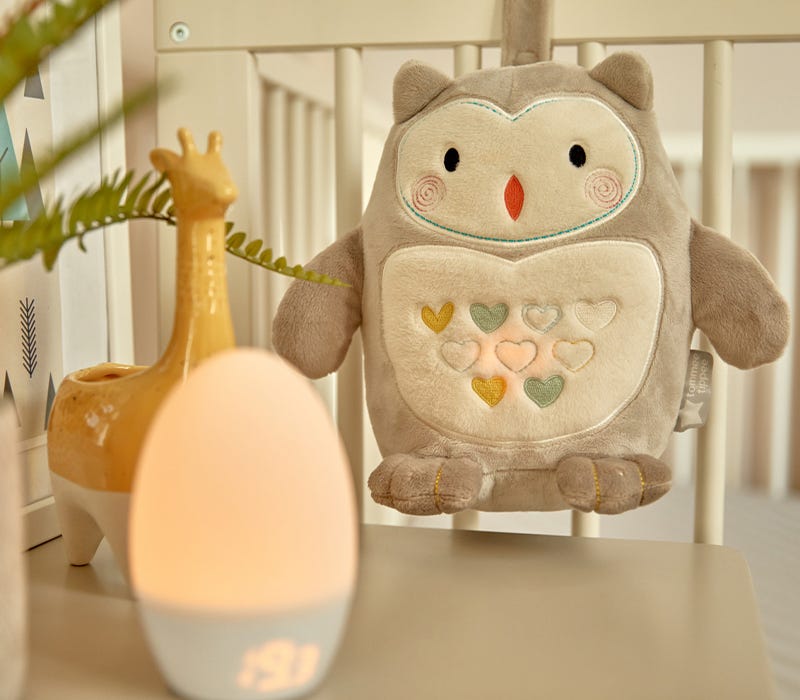
Settling a baby from 9-12 months
- Put you baby into the cot on their back and gently pat or stroke them. Comfort them using ‘ssshhh’ sounds.
- Sit on a cushion on the floor (this encourages them to lie down) and pat or stroke them. If they stand up, lie them down again, and sit down again. You may need to do this several times. Then as your baby calms and becomes drowsy, move away from the cot or leave the room.
- If your baby begins crying again wait a couple of minutes then go back in and repeat step 2 before moving away and leaving the room again.
- This can take a long time if your baby was used to being rocked or fed to sleep. But with some patience and consistency they will soon get it!
This method is generally the quickest because you don’t do any pickups and you are encouraging independence a little faster.
It’s super important to know that one way is not better than the other, just a bit different. Just pick a method that suits your parenting style and take it as fast or slow as you want to.
Also, if your baby has never been separated from you at sleep time, you may prefer to stay in the room the whole time until they fall asleep. This is the Parent Presence method and looks like the below:

Settling a baby from 9-12 months (Parental Presence Method)
- Put you baby into the cot on their back and gently pat them. Comfort them using ‘ssshhh’ sounds.
- Sit on a cushion on the floor (this encourages them to lie down) and reach through the cot, gently pat them or stroke them.
- If your baby becomes really upset you can stand and pick them up to calm them. But you are only holding them in a boring cuddle for a minute and then lie them back in the cot.
- Repeat step 2. And only do the pickup as a last resort. Doing this too much can be overstimulating for your baby.
- This process relies on you being extremely calm and boring throughout. Be patient, you may have to repeat this many times before your baby is able to remain calm and then fall asleep.
- Begin this process for night time sleep and once they have had three good nights you can then start to work on it for nap times.
- For the first 3 nights you may also need to stay in the same room as your child but after this it is good to go back to your own room.
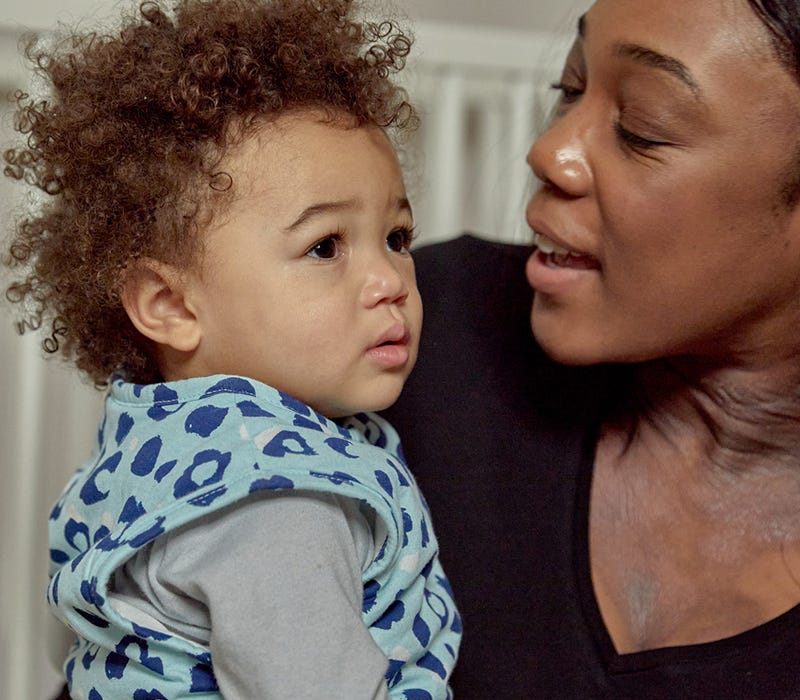
Settling Techniques for Young toddlers (12-18 months):
From 12-18 months your baby is changing into a young toddler and this can bring some extra challenges around bedtime. It is really normal for babies of this age to protest bedtime more, as their little personalities are really shining through now! They really do have a bit of FOMO emerging as well and would much rather be hanging out with their parents than be going to bed - no matter how tired they are!
At this age it’s good to know that children still need 13-14 hours per day of sleep over 24 hours, with two naps a day as well. So, to help prepare them for this much need restorative sleep you need a good routine in the evening.
As the time heads towards bedtime, begin your wind down routine. Your young toddler does not know the time on the clock but knows from their pre-sleep ritual that it will soon be bedtime. It also helps your busy little person wind down from their day. If you’re having difficulty settling your baby of this age, I would suggest a calm consistent settling plan that you work on over a couple of weeks.
Similar to the above strategies you can go in and out of the room or remain in the room if you like.

Settling your young toddler:
- Pop them down in the cot, in their dark room and give them their sleepy/comfort toy if they use one. These can become wonderful positive sleep associations as they begin to learn some independence around sleep.
- If you have tried to put your young toddler into their cot and they are crying and distressed, you can stay with them for a while.
- Sit on a cushion on the floor to encourage them to lie down and talk quietly to them. Reassure them that ‘It’s time for sleep’.
- If they continue to be distressed or crying you can pick them up to calm them but then as soon as they are calm pop them back into their cot.
- Once they are calm you can leave the room for a few minutes and only go back in a repeat the process if they are crying or distressed. Or if you prefer you can stay in there with them, sitting on the cushion.
- It is important that you see it through until they finally go to sleep in their cot and not it your arms. This can take some time the first few nights but it’s amazing how with your gentle support how quickly they learn and begin to feel confident around their own settling.
Settling older babies takes time, patience and consistency but is well worth you putting in the effort to support wonderful sleep for now and beyond – it’s all for the love of sleep!
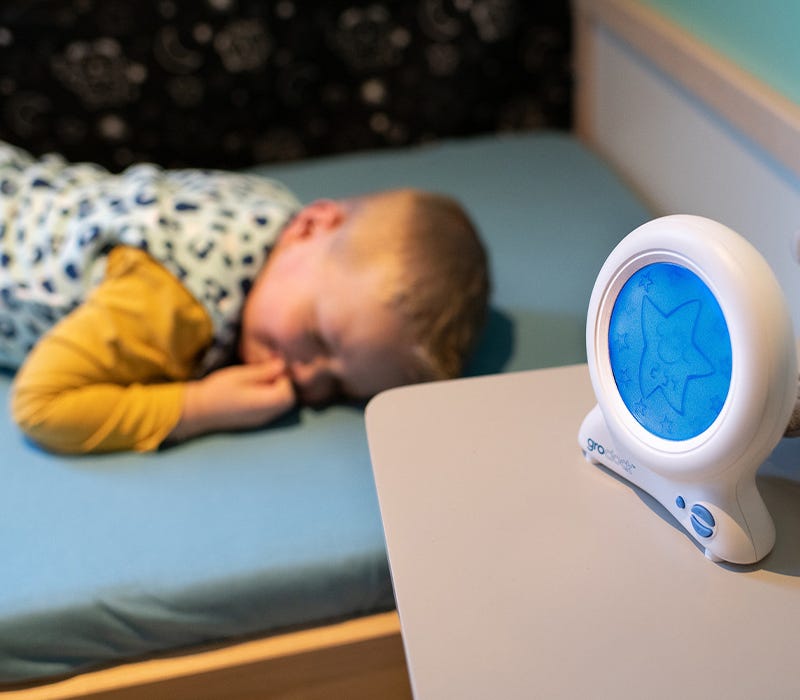
About Me: Emma O’Callaghan is a qualified midwife, nurse and infant and child sleep consultant. With over 20 years’ experience in both hospital and community settings, Emma knows about sleep. She has helped thousands of families reclaim sleep and is particularly passionate about supporting new and first-time parents. She is the Founder of Baby Sleep Expert, and with a common sense, compassionate approach is often referred to as the ultimate “baby whisperer”. Emma lives in Melbourne with her three daughters and fur baby.

